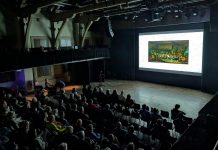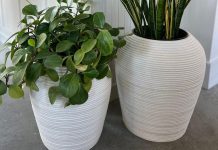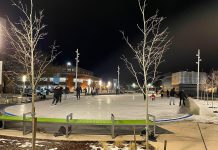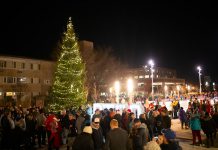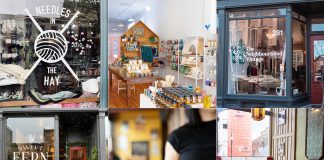
After 13-plus years with GreenUP, Vern Bastable has accepted a new role with the Lower Trent Conservation Authority. Throughout his tenure, Vern was a trusted authority on all things trees, and was instrumental in delivering programs that celebrated and protected our urban canopy. GreenUP is deeply grateful to Vern for his stewardship, dedication, humour, and for “leafing” a lasting legacy at Ecology Park and beyond. We send our sincere well wishes to him in his new adventures, and hope you venture to the park to enjoy some of his favourite trees.
GreenUP Ecology Park, located in the heart of the City of Peterborough, is one of the best places to explore a wide variety of tree species.
The park is home to everything from common sugar maples to rarer Carolinian species such as the Kentucky coffeetree.
Here are five trees you shouldn’t miss on your next visit to Ecology Park.
Northern catalpa (Catalpa speciosa)
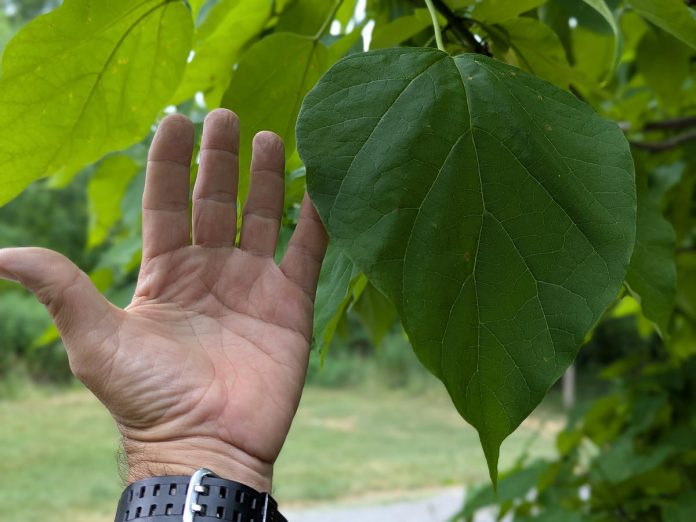
This is one of the few non-native trees in the park. Catalpa is native to the Mississippi Valley in the United States and is sometimes called the “cigar tree” due to the dark foot-long seed pods it produces in late summer.
This fast-growing tree does best in full sun and can hit 30 metres in height. Catalpa has soft easy-to-work wood and, because of its fast growth, was used for fencing and telephone poles.
To me, catalpa’s showiest features are its large, beautiful trumpet-shaped flowers that impress in the spring, and its enormous spade-shaped leaves. The oldest catalpa in Ecology Park is located on the east side of the Trans Canada Trail. It was extra special because it was donated to GreenUP by a former staff member.
Tulip tree (Liriodendron tulipifera)
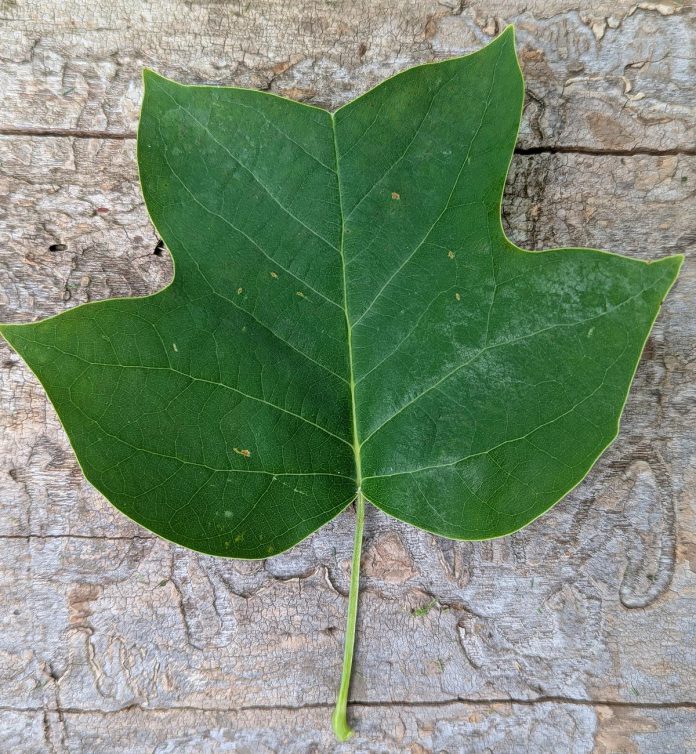
The tulip tree is a Carolinian species found from southern Ontario down into the lower United States. A fast-growing tree that can reach 35 metres, it prefers full sun to partial shade and deep, moist, well-drained soils.
In its southern range, this tree is one of the largest of the forest and was used by southern First Nations peoples to build dugout canoes, as the trees were massive and the wood was easy to work with.
The tree’s odd-shaped leaves remind me of a cat’s face. Another unique feature are the large yellow flowers that resemble tulips.
Common hop tree (Ptelea trifoliata)
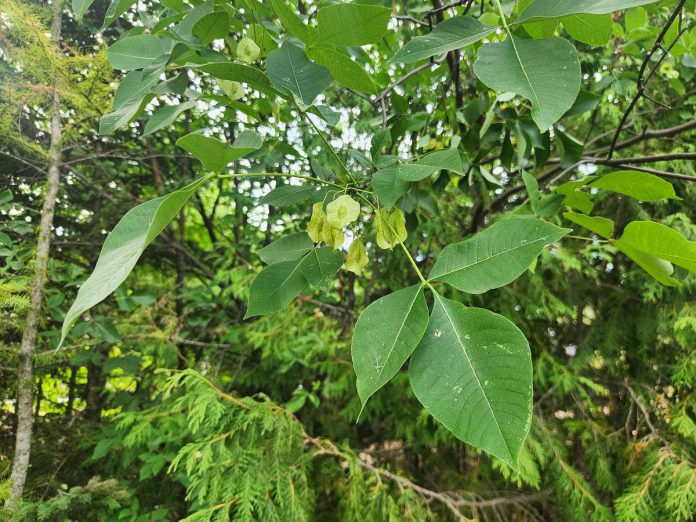
The common hop tree is a not-so-common Carolinian species that is part of the citrus family, native to the shores of Lake Erie. Once listed as a species at risk, it is now classified as a species of special concern.
The short-lived, slow growing, small tree (eight metres) is shade tolerant but only flowers in full sun. It is sometimes called “wafer ash” due to its abundant bundles of wafer-like seeds that were occasionally used as a substitute for hops by early German newcomers while making beer.
The three-part leaves interest me for their resemblance to poison ivy. I have found myself laughing at the squirrels who stuff bundles of seeds in their mouths appearing to be in disguise with a fake beard — a comical sight!
Cucumber magnolia (Magnolia acuminata)
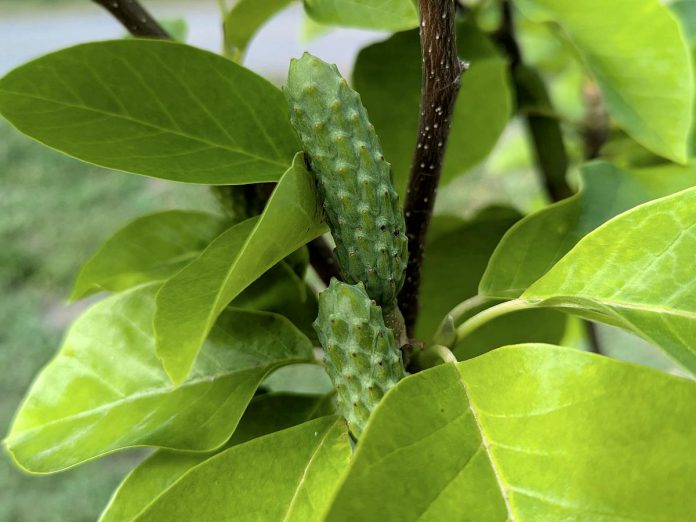
The cucumber magnolia is another rare species indigenous to the Lake Erie region, and listed as a species at risk in Ontario. This sun-loving tree can reach 25 metres tall in its native range and needs moist to wet soil.
As the only magnolia native to Canada, it gets large showy white flowers. If pollinated, these develop into little green fruits that resemble cucumbers, hence the name.
I have always had this tree on my wish list and was delighted to plant one at Ecology Park this year.
Sassafras (Sassafras albidium)

The sassafras is a rare native species whose range goes all the way south to Texas. This smaller tree, which can reach about 20 metres tall, grows best in a mix of sun and partial shade, drier sandy soils, and spreads through its roots.
This tree has been historically used for many commercial purposes. Its oils have been used to scent soaps and perfumes, its leaves were ground into filé powder (a key seasoning in southern gumbo), and its roots were the original base used for root beer — although this is now known to be carcinogenic and is no longer used in food or drink.
I love the leaves of this tree which can grow in three completely different forms, one of which resembles a mitten, which is another nickname for this tree. The sassafras in Ecology Park was set back by the construction of our well-loved education shelter, but survived and is doing well today.
These are just a few of the many species that are worth visiting at Ecology Park.
Learn more about GreenUP Ecology Park at greenup.on.ca/ecology-park/.







